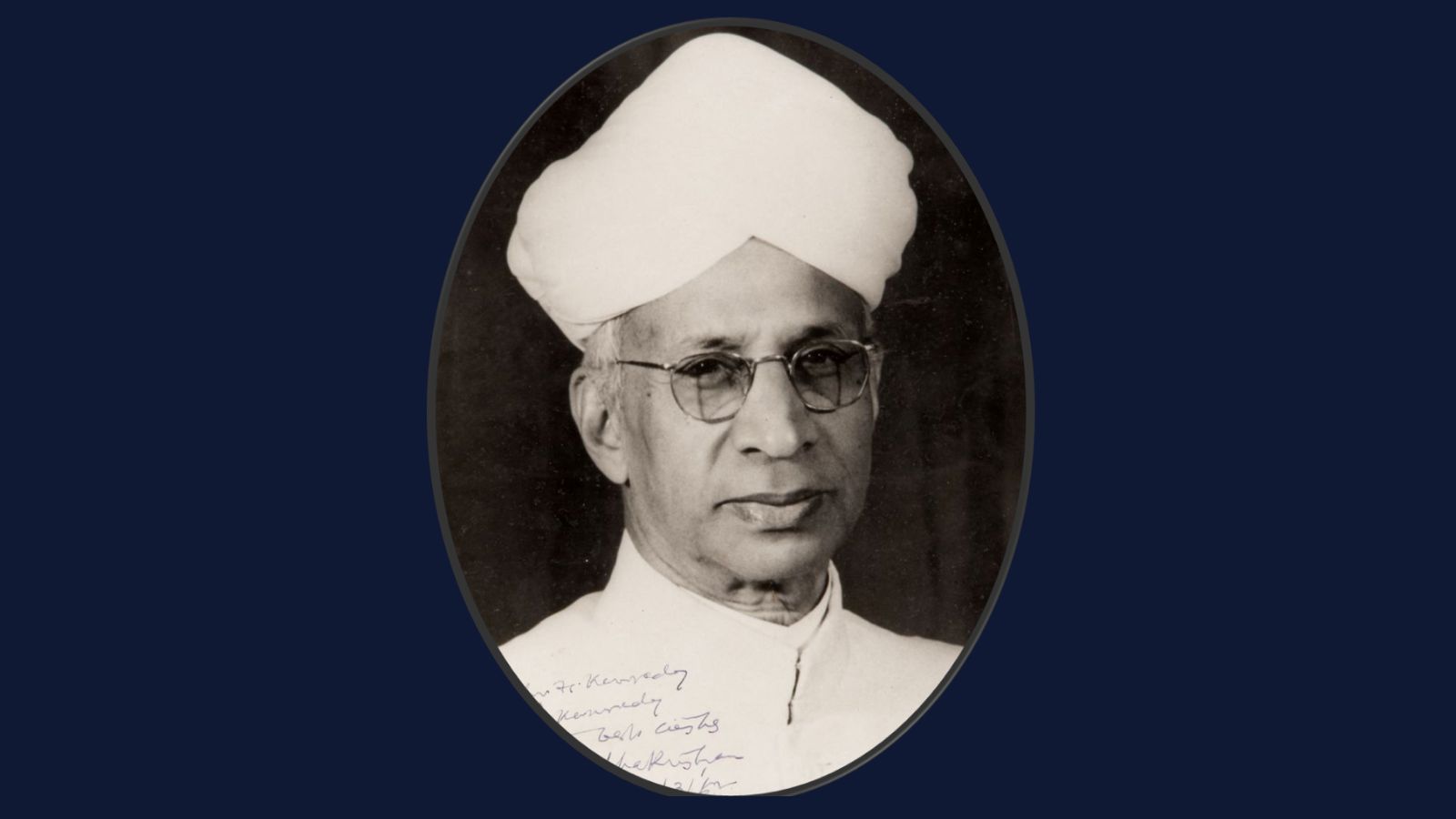Every year on September 5, India celebrates Teachers’ Day to honor Dr. Sarvepalli Radhakrishnan, one of the nation’s most respected scholars and the second President of India. Born in 1888 in Tiruttani, then part of the Madras Presidency, he hailed from a Telugu-speaking family. His father originally named him Radhakrishna, but in keeping with the linguistic tradition of Tamil Nadu, “-n” was added as a suffix and his name became Radhakrishnan.
A brilliant student, he pursued philosophy at Madras Christian College, where his exceptional grasp of Indian and Western thought shaped his career. He went on to teach at Madras Presidency College, the University of Mysore, and later served as Vice-Chancellor of Andhra University and Banaras Hindu University. His scholarly works such as Indian Philosophy and An Idealist View of Life helped present Indian thought to the world. He led the Indian delegation to UNESCO, chaired its Executive Board in 1948.
He served as India’s first Vice President (1952–1962) and second President (1962–1967). When he became the President, his students and admirers wished to celebrate his birthday. He humbly suggested that the day be observed instead as Teachers’ Day, to honor the profession that shaped society. This gesture immortalized him not only as a statesman, but as a symbol of India’s reverence for teachers and education. Since 1962, September 5 has been observed as Teachers’ Day. He was honored as Bharat Ratna in 1954.
Dr. Radhakrishnan’s life reflected humility and generosity. As President, he kept only a fraction of his salary, donating the rest to educational and national causes. Financially constrained in youth, he studied philosophy using second-hand textbooks from a relative. Known for turning classrooms into spaces of dialogue and exploration, he inspired curiosity and reasoning over rote learning. Much of his prize money and earnings were devoted to advancing education, reflecting his deep faith in its transformative power.



